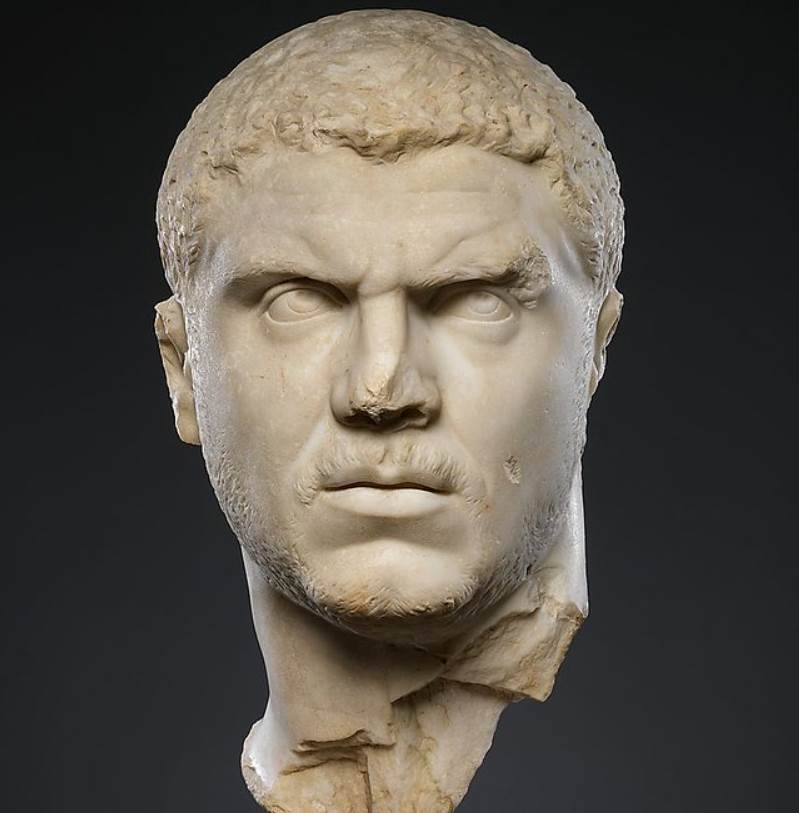You had to be really bad at ruling the Roman Empire to be considered as one of the worst Roman Emperors of all time, but somehow, this bloke managed to achieve just that!
In this post, we’ll take a closer look at some interesting facts about Caracalla, one of the cruelest leaders that the Roman Empire ever saw.
1. He was the son of another Roman Emperor
Caracalla was on April 4, 188 A.D., and was the son of Septimius Severus, Roman Emperor between 193 and 211 A.D., and his Syrian wife Julia Domna. This means he was born into the Severan dynasty and destined to become Emperor himself.
He also had a younger brother named Geta who was born on March 7, 189 A.D., but their relationship would end in tragedy after their father died and they became the co-rulers of the Roman Empire.

2. He was born in modern-day France
Caracalla was born in one of the most important cities in Roman Gaul called Lugdunum. This city is located in modern-day France and is referred to as Lyon today. His father had Punic blood, that of people living in the Western Mediterranean Region, and his mother had Arab blood.
He was clearly a spoiled child from the beginning, born into the very top of Roman society. This is emphasized by the fact that he was awarded the title of Augustus on April 9, 193 A.D., at the young age of 5.
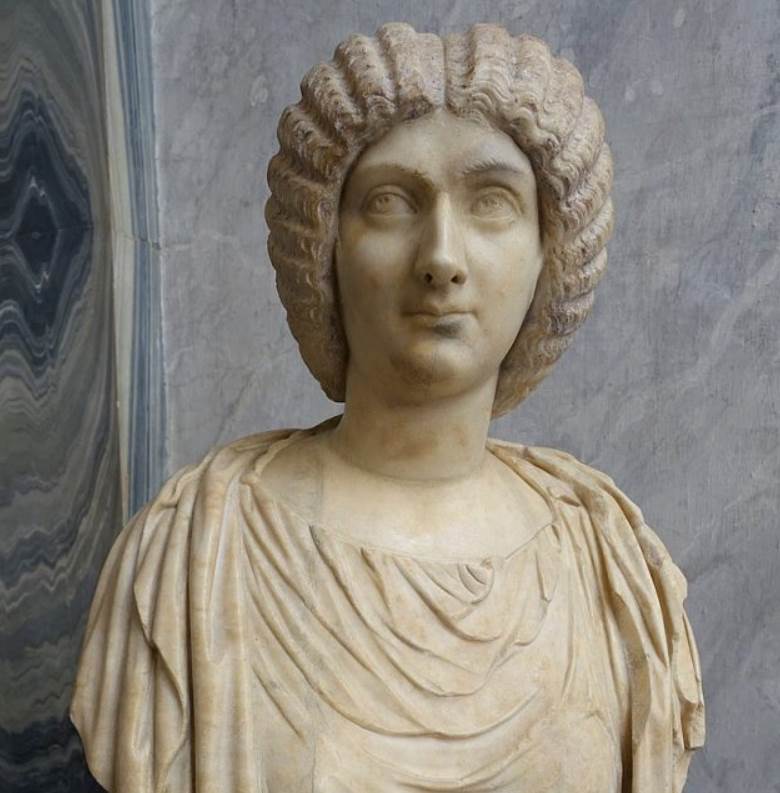
3. Caracalla wasn’t his real name
Caracalla was a nickname he acquired that referred to a particular type of Gallic hooded tunic he wore, most probably when he was fighting the Germanic tribes at the Danube River border of the Roman Empire.
He was actually born Lucius Septimius Bassianus, but his name was changed to Marcus Aurelius Antoninus when he was 7 years old. This was part of an effort from his father to reconcile with the previous Nerva-Antonine Dynasty.
One of the most fascinating facts about Caracalla is that contemporary historian Cassius Dio refers to him as “Tarautas,” about one of the most violent and brutal gladiators at the time. This gives us an idea of how people thought about him back then.
4. He became co-emperor at the age of 9
Did I mention that Caracalla was a spoiled brat?
Well, this is further emphasized by the fact that he actually co-ruled over the Roman Empire, together with his father Septimius Severus, when he was just 9 years old.
He was awarded the title of joint Augustus on January 29, 198 A.D., the day his father was awarded a triumph for sacking the Parthian capital of Ctesiphon, which meant a lot of gold and silver was brought to Rome in a lavish procession.
The 9-year-old was also granted tribunal powers, the chief priesthood called pontifex Maximus, and the title of “Imperator.”
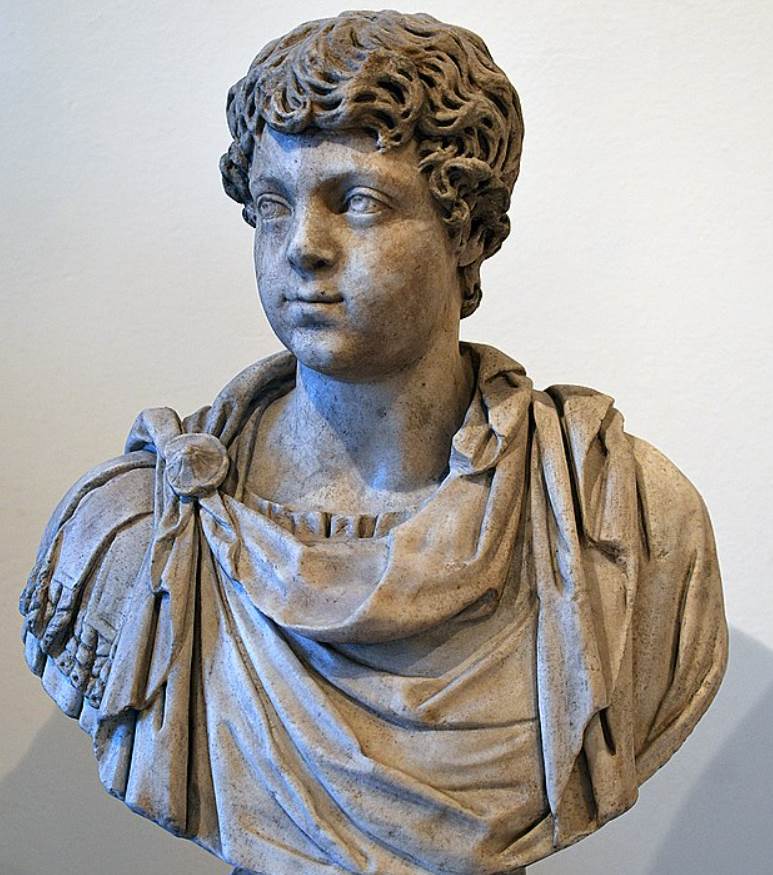
5. He was forced to marry a woman he hated at the age of 14
Just 2 years after being awarded several titles, at the age of 11, he was referred to as the “Pater Patriae,” which literally translates to “Father of the Fatherland.” Shortly after he became consul for the first time together with his father as well.
He was forced to marry the daughter of the leader of the Praetorian Guard Gaius Fulvius Plautianus. Her name was Fulvia Plautilla and she was a distant relative of the first wife of Julius Caesar.
The grandiose marriage took place between April 9 and 15 of the year 202 A.D. He didn’t like her one bit and the marriage was unhappy from the start.
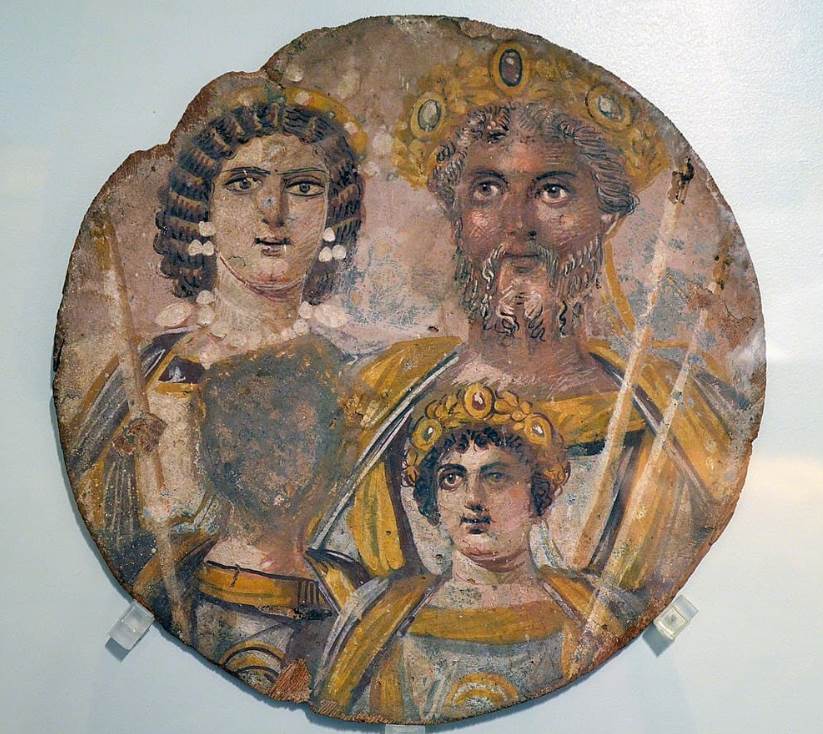
6. He exiled his wife after 3 years and probably had her killed
The father of his new wife got into a bit of trouble and was condemned to death after being found guilty of treason just 3 years later. Caracalla subsequently exiled the wife he hated, first to Sicily and eventually to Lipari.
After his father had died in the year 211 A.D., his wife was mysteriously assassinated, probably on the orders of Caracalla himself!

7. He had his brother murdered the year their father passed away
His exiled wife wasn’t the only one he had killed. After their father passed away on February 4, 211 A.D., he also had his brother Geta murdered. This happened after the two became co-emperors of the Roman Empire.
Because of their disagreements, they tried to split the Empire so Caracalla could rule over the Western and Geta over the Eastern provinces. It was their mother, who had always played an important administrative role in their lives, who prevented this.
She probably didn’t envision it to end this way, but Geta was assassinated on December 26 of the year their father died on the orders of his brother. This was followed by a “damnatio memoriae” which was pronounced by the Senate and all depictions of Geta were erased.
It’s estimated that over 20,000 people, loyal to Geta, were massacred in the aftermath of his assassination, clear proof of the deranged mindset of Caracalla!

8. He never returned to Rome after departing in 213 A.D.
Shortly after his brother was assassinated and he became the sole Roman Emperor for the first time, he departed from Rome to fight the Germanic Tribes who were causing trouble at the Danube, the northern frontier of the Roman Empire.
This Alamannic war took place in 213 and 214 A.D. and after some victories, he managed to make a deal with the remaining tribes to end the campaign.
One of the most remarkable facts about Caracalla is that he never returned to Rome after his departure in the year 213 A.D. but instead traveled east after his Alamannic War was finished.
9. People in Alexandria got slaughtered for mocking him
The people living in the eastern provinces of the Roman Empire probably wished he never visited them, especially the people of Alexandria in Egypt.
The people in this important Egyptian port city had been mocking him after he claimed that he had killed his brother Geta in self-defense. He didn’t take this lightly and murdered the entire city’s welcome committee who had assembled to greet the Emperor as he arrived with his troops.
The entire city was looted and plundered the following days before moving further east to prepare for the Persian War.
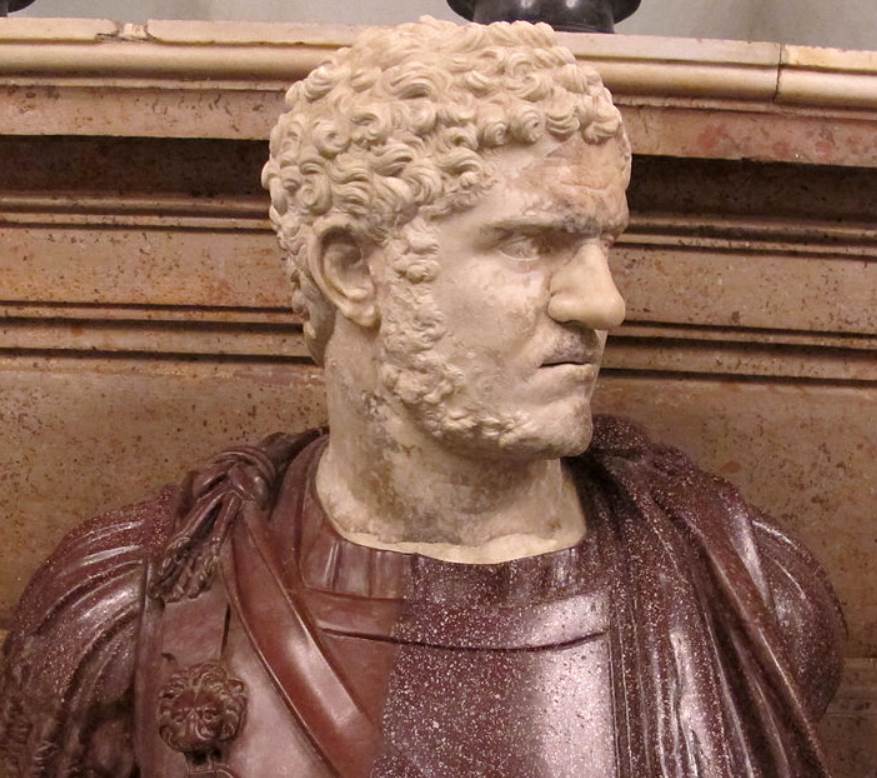
10. He issued a very important edict in the year 212 A.D.
One of the most intriguing facts about Caracalla is that regardless of his erratic behavior after his brother’s murder, he did issue a very important edict referred to as the “Edict of Caracalla” or “Constitution of Antoninus.”
This edict allowed all free men in the Roman Empire to acquire full Roman citizenship. This helped a lot of poor people acquire rights that would tremendously benefit them.
Contemporary historians claim that Caracalla solely issued this edict to acquire more profits, but since it benefited the poorest people in all of the Roman Empire, this doesn’t make much sense.
A more probable reason was that he did this in an attempt to appease the gods, especially after he declared his divine support for Serapis, the Roman god of healing. With this edict and amazing gesture, the gods would be happy, even after murdering his wife, brother, and thousands of people just to gain power.
11. One of the largest structures in Rome was completed during his reign
One of the most amazing structures ever built in Ancient Rome bears his name. The Baths of Caracalla were started in the year 211 A.D., shortly after he became Emperor, and inaugurated just 5 years later in 216 A.D.
These were the second-largest baths ever constructed and were operational until the year 530 A.D. The main section covered an area of 100,000 square meters (1,100,000 square feet) and the baths featured multiple other entertainment facilities, including an Olympic-sized pool, a library, and a gym.
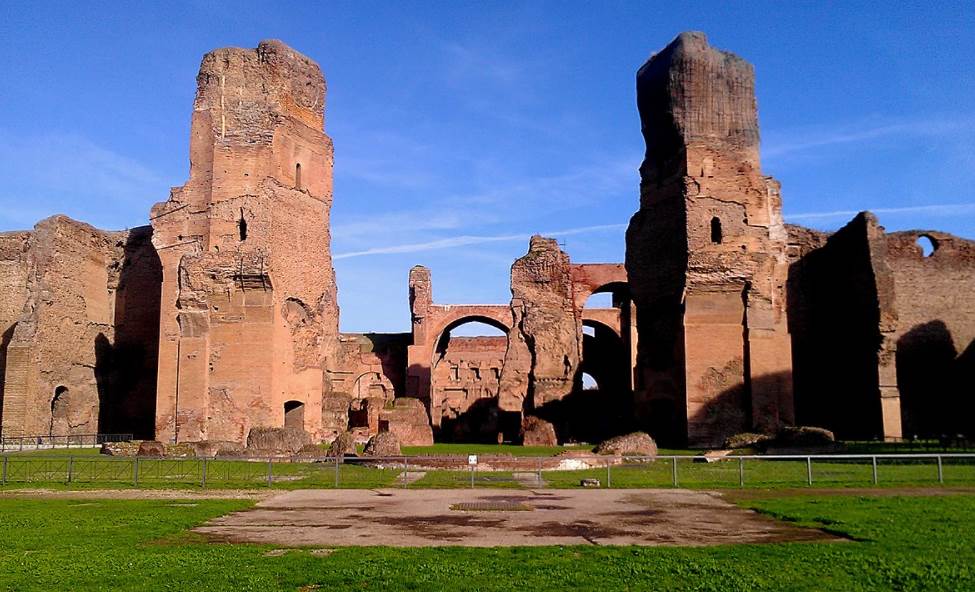
12. Caracalla was obsessed with Alexander the Great
During his campaigns and the endless wars he raged in, he increasingly became obsessed with Alexander the Great, a famous Greek-Macedonian general who lived between 356 and 323 B.C. and who is considered to be one of the greatest military leaders in history.
To emphasize this notion and his extreme cruelty, he had all the members of the Aristotelian school in Alexandria murdered during his assault on the city, just because he believed a legend stating that Aristotle had Alexander the Great Poisoned.
13. He was assassinated 4 days after his 29th birthday
It’s fair to conclude that there was never a chance for Caracalla to live a long and happy life. He constantly made more and more enemies and one day, this was used against him.
He was stabbed to death by a soldier named Justin Martialis whom he refused to award the position of Centurion in the Roman Army. This happened on April 8, 217 A.D., near a town called, now Harran in Southern Turkey.
He ended up being the last Roman Emperor to be buried in the “Mausoleum of Hadrian,” originally built for Emperor Hadrian and now referred to as the Castel Sant’Angelo, a popular museum and landmark in Rome.
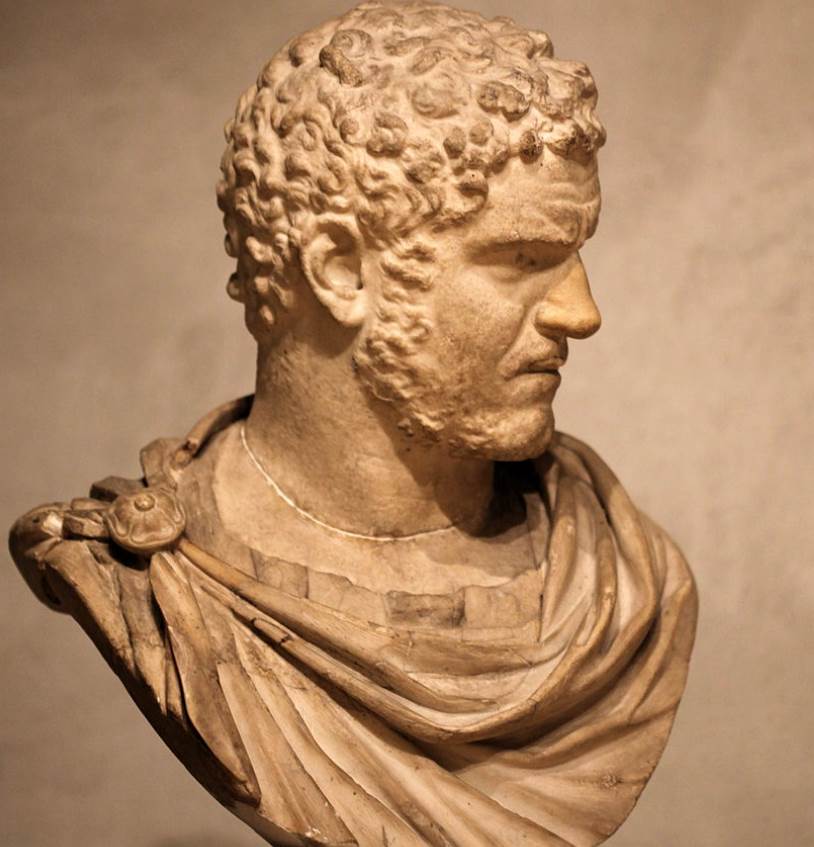
14. His popularity with the military prevented a damnatio memoriae
It’s assumed that the soldier was used in a plot conceived by praetorian prefect Macrinus, who declared himself Emperor just 3 days later with the support of the Roman Army.
Because of this support from the Army, which Caracalla had as well, Macrinus decided not to condemn him to a proper damnatio memoriae. This means that depictions of Caracalla remained intact all across the Roman Empire, as opposed to those of his brother Geta.
Better yet, Macrinus had him deified and honored on coins with the title “Divus Antoninus.” That’s all he could do after arranging his assassination.
15. Only one thing can explain Caracalla’s behavior as Emperor
Both contemporary and modern historians agree on the fact that Caracalla was one of the worst Roman Emperors ever. The level of cruelty he portrayed when murdering his brother and all his associates, followed by his rampage across Europe which wreaked havoc wherever he went points to a serious disorder.
It can only be explained by the fact that he was a true psychopath who didn’t have the capability to feel remorse or compassion. Everything he did was for his own sadistic pleasures and power.
This was his legacy, and how he will always be remembered, as “the common enemy of mankind.”
